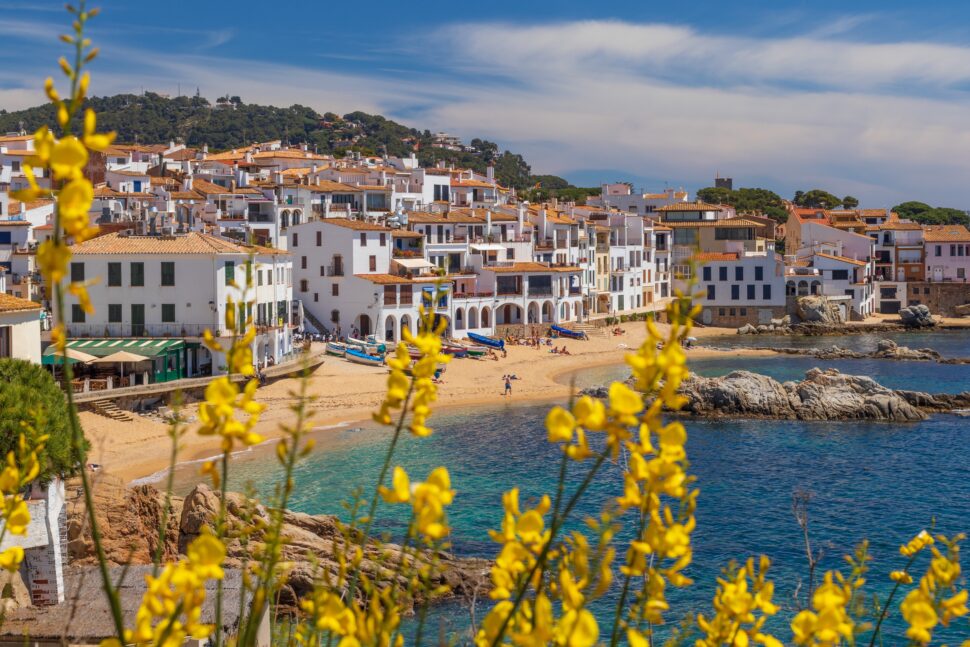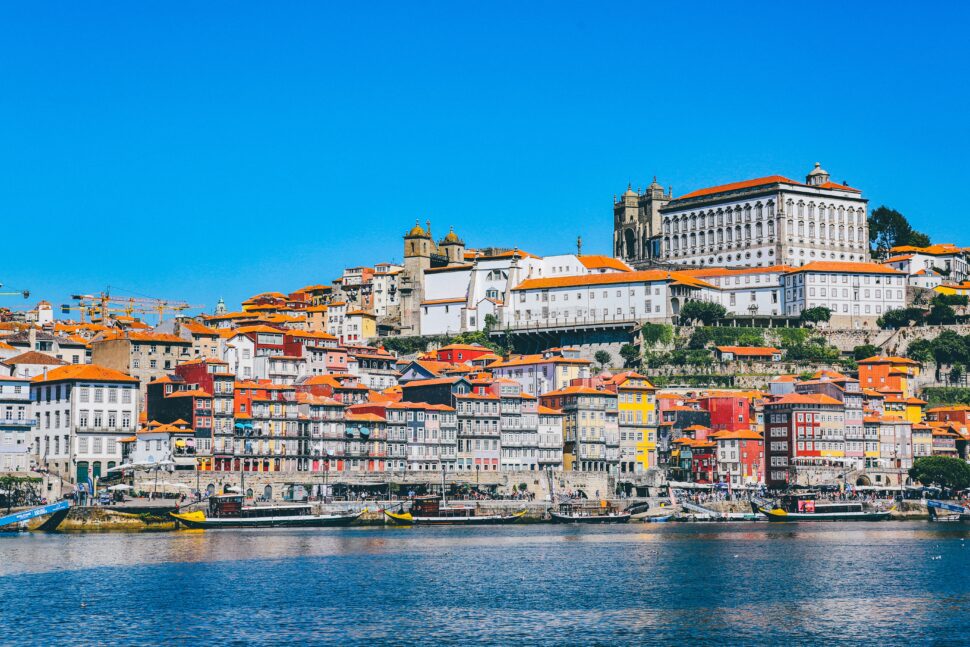When it comes to soccer, Spain and Portugal are bitter rivals, but outside of that, they get along. They make up the Iberian peninsula and offer much in the way of delicious food, beaches, and cultural centers. Their respective histories often intersect because the countries are neighbors.
But if you only have time to visit one during your trip, which one should you choose? Note: there’s no such thing as a wrong answer. It really depends on what you’re looking for, your budget, and your interests.
Here are some things to know about Spain and Portugal. Whichever you choose, happy travels!
Spain At A Glance

By virtue of being about five times larger than its neighbor, Spain offers so much to do.
The major cities of Madrid, Barcelona, Valencia, and Sevilla are the arteries of the country, where most of the action takes place. If you want to escape to quieter, more rural terrain, you can drive, take a bus or buy a train ticket.
The Aigüestortes National Park is a beautiful feature of the Catalan Pyrenees. It’s famous for its dramatic landscape of mountains, trees, and lakes. In the Basque region of northern Spain, the people speak Basque, and the most famous cities are San Sebastian and Bilbao.
As part of his campaign to strip the Basque people of their heritage, Franco forced them to speak Spanish. As a result, the language disappeared for a while before coming back.
We can’t leave out the Balearic Islands. The four main islands are Majorca, Menorca, Ibiza, and one that can only be accessed by watercraft, Formentera.
Sagrada Familia, El Prado, the Alhambra, and the Mezquita (or mosque) of Cordoba, attract tourists from all over the world.
Spain has the third highest number of UNESCO sites in the world, and it’s the European gateway to Africa by way of Morocco. Its people are, for the most part, friendly and fun-loving.
Portugal At A Glance

Why should you go to Portugal? Beaches, tasty food, and the famous port wine of the Douro Valley.
Portugal’s earliest days were shaped by various communities including the Celts, Iberian tribes, the Romans, and the Moors. As a result, you can see remnants of these cultures even today.
The capital city of Lisbon goes back 20 centuries and offers pleasant weather all year round. Because of its coastal location, seafood is popular, especially fish, octopus, and a variety of shellfish.
If you crave more sun-drenched fun, head to the Algarve. Aside from the lovely beaches and coves, such as Praia de Dona Ana, you can also visit the Benagil Cave, a unique sea cave. It’s best to visit early in the morning to avoid the crowds, and the best way to get there is by watercraft. Some people swim to the cave, but this isn’t recommended.
Portugal is home to the Douro Valley, which is fiercely proud of its port wine production. If you’re interested in learning how port is made, and its history, you can set up a tour.
Top tourist sites here are Pena Palace, Sao Jorge Castle, Belem Tower, and for something a bit on the morbid side—Capela dos Ossos, or Chapel of Bones.
